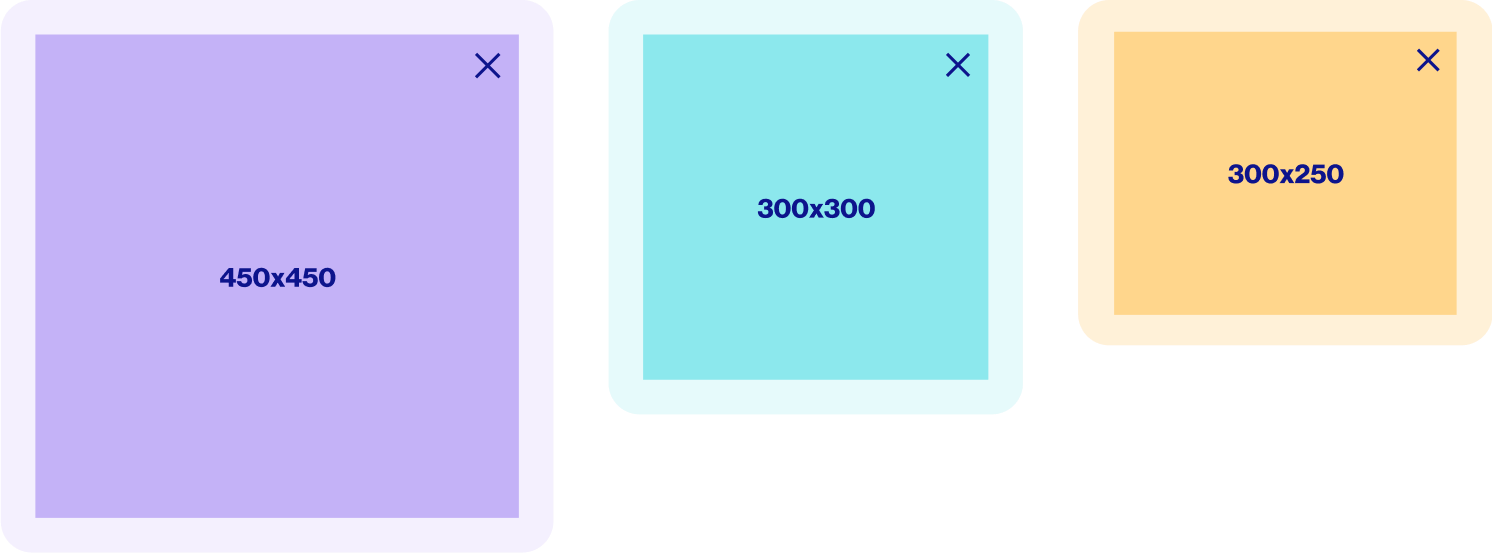Medium rectangle ads (MREC)
Monetize your app with MRECs on ironSource
Implement MREC ads into your app with ironSource to boost revenue and earn consistently strong eCPMs. Supported by ironSource mediation, MRECs are available through ironSource in-app bidding.
What are medium rectangle ads?
Medium rectangle ads, or MRECs, are slightly larger ad units than traditional banners and function like full-screen interstitials. They’re not skippable and take up most of the screen so they catch user attention, without requiring the user to transition from the app experience.

MREC ads have room to include creative and interactive features, so they’re especially powerful in media apps – but they can be placed effectively in any app category.
Start monetizingStart monetizingMREC ad sizes
There are 3 main sizes for MREC ads: 450×450, 300×300, and 300×250

Banner ads monetization
MREC advertising benefits
- Increase your revenue from brand advertisers: Earn additional revenue that you couldn’t get with other ad units, because brand advertisers tend to spend more budget on MRECs than other ad units
- See consistently strong eCPMs: Brand advertisers are increasingly adding budget to MREC ads, which makes them a reliable source for consistently strong eCPMs
- Diversify your ad unit strategy: Reach users who opt in to interact with user-initiated ad units, as well as those who don’t by adding MRECs into your monetization strategy
- Boost engagement rates: Appeal to users with video functionality and the feeling of an uninterrupted app experience to encourage greater engagement
MREC advertising best practices
- Place MREC ads at natural points: To see high levels of engagement, place your MREC ads at high visibility and natural touchpoints in your app experience. The goal is to be as unobtrusive as possible, which means you need to look for breakpoints in the user journey.
- Prioritize user experience: While it may be tempting to feature multiple MREC placements to drive incremental revenue, overcrowding your app may negatively impact the user experience and harm retention
- Find the best refresh time: You’re able to set the frequency in which the MREC content refreshes to show a new advertisement. While the standard refresh time is 20-25 seconds, it’s important to A/B test different time frames and measure the impact on your KPIs
- A/B test your ad placements: You never know which ad placements will work the best for your users, which is why A/B testing is important to ensure you’re engaging users rather than turning them away
